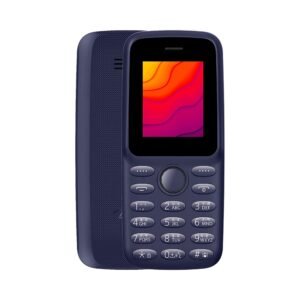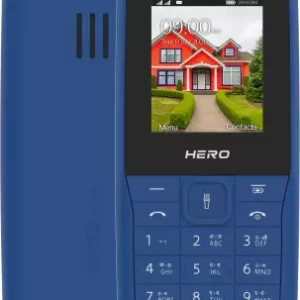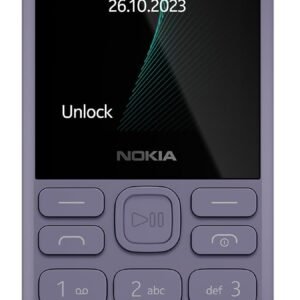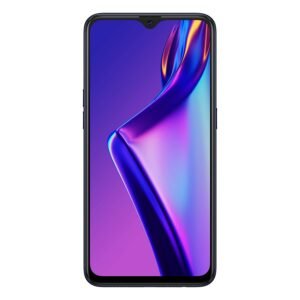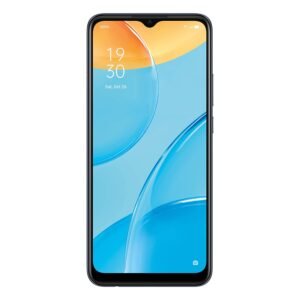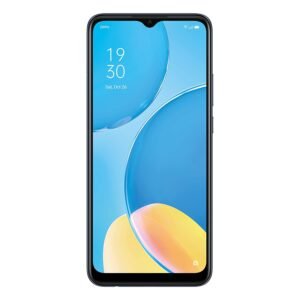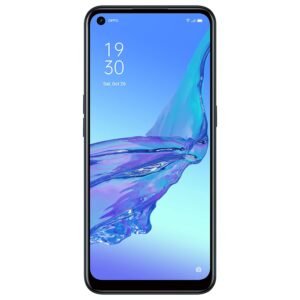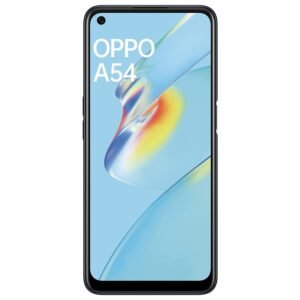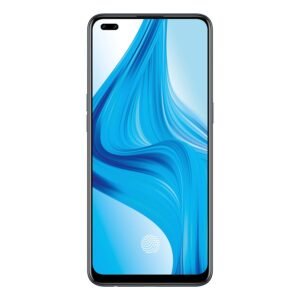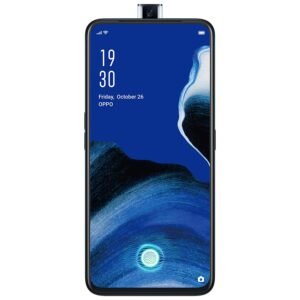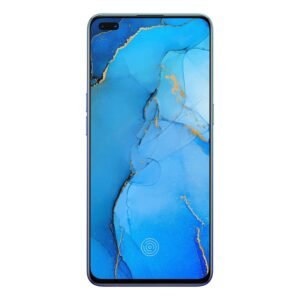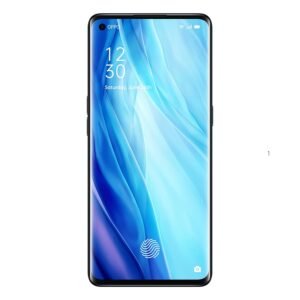Mobiles
Showing 1–32 of 55 results
- Electronics, Mobiles, oppo, Oppo k12x 5G, Smartphone
OPPO K12x 5G with 45W SUPERVOOC Charger In-The-Box (Midnight Violet, 256 GB) (8 GB RAM)
 Electronics, Mobiles, oppo, Oppo k12x 5G, Smartphone
Electronics, Mobiles, oppo, Oppo k12x 5G, SmartphoneOPPO K12x 5G with 45W SUPERVOOC Charger In-The-Box (Midnight Violet, 256 GB) (8 GB RAM)
Product Details
- 8 GB RAM | 256 GB ROM | Expandable Upto 1 TB
- 16.94 cm (6.67 inch) HD Display
- 32MP + 2MP | 8MP Front Camera
- 5100 mAh Battery
- Dimensity 6300 Processor
SKU: n/a - Mobiles, oppo, Oppo Reno 12 Pro 5G, Smartphone
OPPO Reno 12 Pro 5G (Space Brown, 256 GB) (12 GB RAM)
Oppo Reno 12 Pro 5G (Sunset Gold, 256 GB, 12 GB RAM) – Premium Performance & Style
Upgrade to the Oppo Reno 12 Pro 5G in stunning Sunset Gold, designed for power users who demand both style and performance. With 12GB RAM and 256GB storage, experience ultra-smooth multitasking and ample space for all your apps, photos, and videos.
Key Features:
✅ 6.7-inch FHD+ AMOLED Display – Enjoy immersive visuals with a high refresh rate.
✅ MediaTek Dimensity 5G Processor – Experience blazing-fast performance and seamless gaming.
✅ 50MP AI Triple Camera – Capture stunning photos and ultra-clear selfies.
✅ Fast Charging & Long Battery Life – Stay powered up with a high-capacity battery and super-fast charging.
✅ 5G Connectivity – Enjoy lightning-fast internet speeds for streaming, gaming, and browsing.
✅ Premium Design – Sleek and lightweight with a stylish Sunset Gold finish.Perfect for work, entertainment, and photography enthusiasts, the Oppo Reno 12 Pro 5G is a must-have smartphone for 2025. Buy now and experience next-level innovation!
SKU: n/a - Mobiles, oppo, Oppo Reno 12 Pro 5G, Smartphone
Oppo Reno 12 Pro 5G (Sunset Gold, 256 GB) (12 GB RAM)
Oppo Reno 12 Pro 5G (Sunset Gold, 256 GB, 12 GB RAM) – Premium Performance & Style
Upgrade to the Oppo Reno 12 Pro 5G in stunning Sunset Gold, designed for power users who demand both style and performance. With 12GB RAM and 256GB storage, experience ultra-smooth multitasking and ample space for all your apps, photos, and videos.
Key Features:
✅ 6.7-inch FHD+ AMOLED Display – Enjoy immersive visuals with a high refresh rate.
✅ MediaTek Dimensity 5G Processor – Experience blazing-fast performance and seamless gaming.
✅ 50MP AI Triple Camera – Capture stunning photos and ultra-clear selfies.
✅ Fast Charging & Long Battery Life – Stay powered up with a high-capacity battery and super-fast charging.
✅ 5G Connectivity – Enjoy lightning-fast internet speeds for streaming, gaming, and browsing.
✅ Premium Design – Sleek and lightweight with a stylish Sunset Gold finish.Perfect for work, entertainment, and photography enthusiasts, the Oppo Reno 12 Pro 5G is a must-have smartphone for 2025. Buy now and experience next-level innovation!
SKU: n/a





